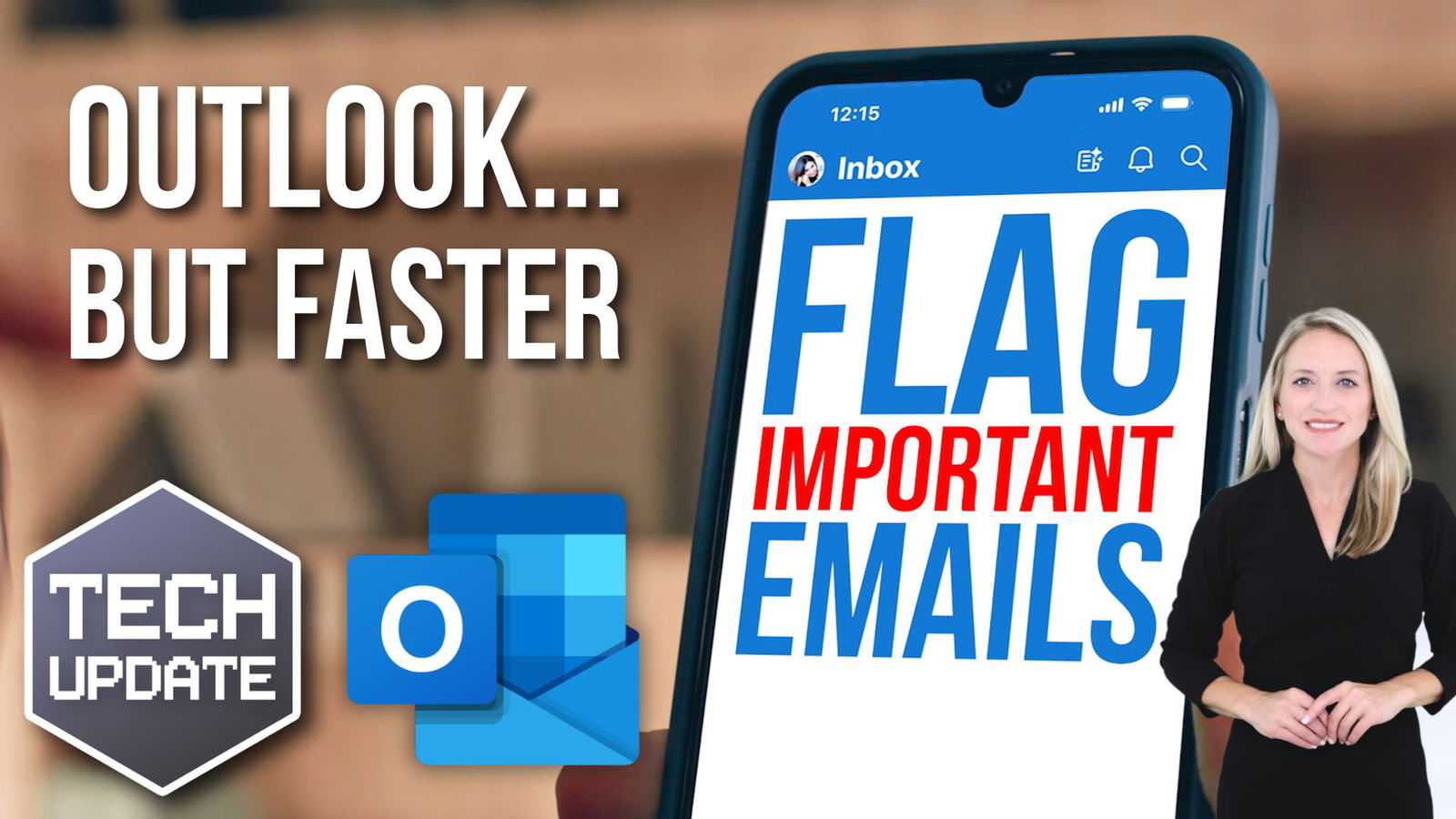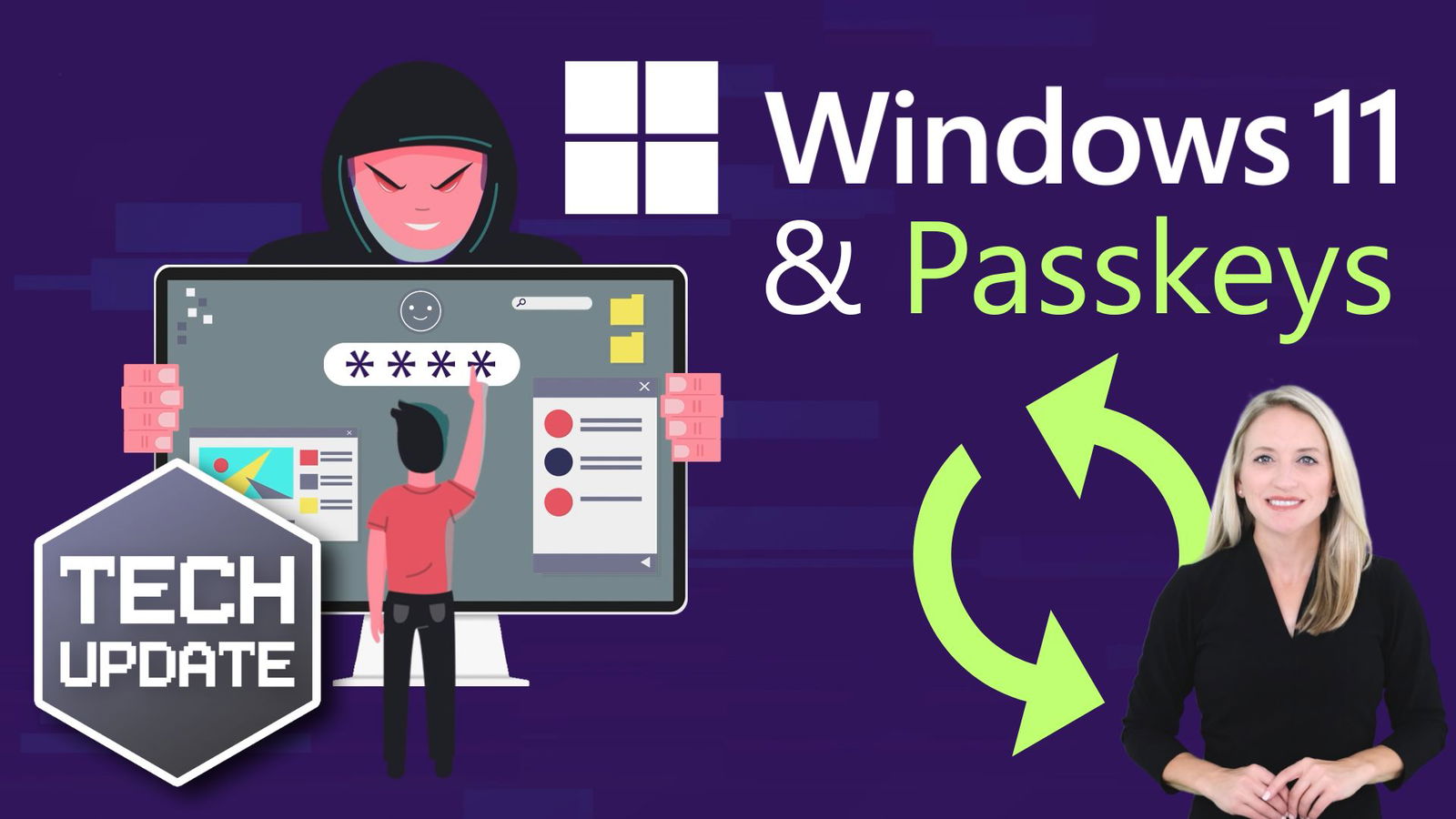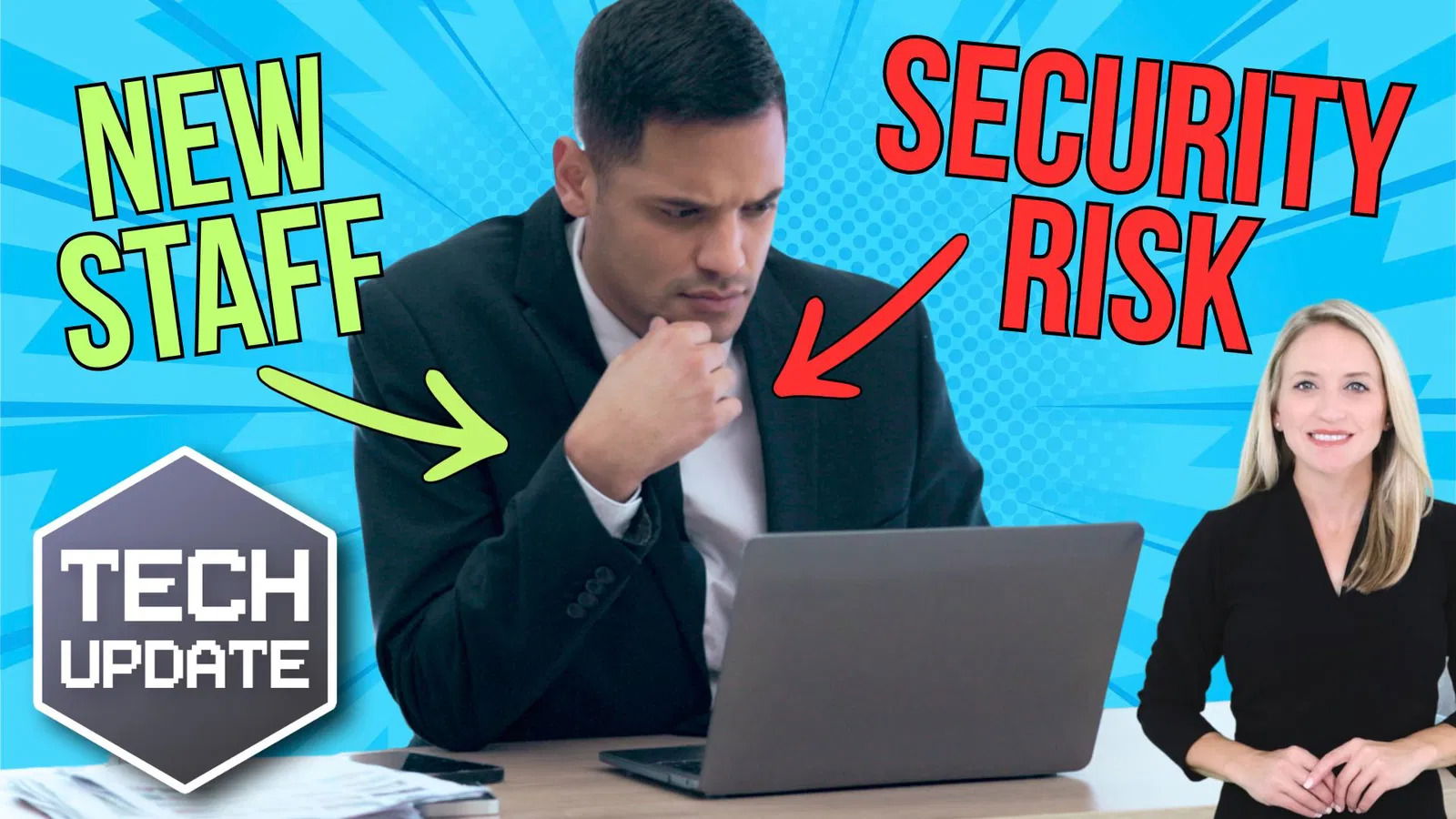Engagement in the aspect of marketing isn’t merely an essential part of service success– it is the company. Whatever else in the organization depends upon marketing.
But the term covers plenty of various activities– all related to offering your business’s services and items. Marketing is the most apparent marketing activity; however, so is customer research study, which much better matches your piece to customer requires and desires. Item style, likewise, is a type of marketing, as it assists match your business’s services and items to recognized client requirements.
The something that marketing is not, in the viewpoint of some marketing experts, is the sales act itself, which is the outcome of marketing.
The Strategic Meeting
Marketing techniques include these tactical activities:
- Figuring out the requirement for an item through customer research study and by observing and measuring sales patterns of comparable products in the market
- Customizing existing themes or producing brand-new items to match customer requires and desires
- Identifying how finest to reach prospective clients to make them familiar with your details and to convince them to purchase them
- Producing marketing projects based upon your decisions of the most efficient method of reaching consumers
- Validating consumer relationships utilizing follow-up sales projects and commitment programs
Recognizing Customer Requirement
Marketing incorporates not just identifies customer requirements; it likewise assists in developing customer requirements. One common 21st-century marketing failure had to do with US businesses’ efforts to offer antiperspirants in China.
It is a truism of marketing education that marketing can’t produce a requirement; however, lots of marketing projects are based upon developing an awareness of an item and the desirability of owning that item. What is very important is that this _ awareness grows the requirement.
Some typical methods for developing a knowledge of the subject and providing it a context that promotes a desire to own it are:
- Showing deficiency. Apple, for example, increased the need for the Apple 5 by cutting off even more deliveries of the phone for two weeks instantly after revealing the release.
- Establishing a “we” bond in between customers and item, frequently by revealing the detail initially to a chosen audience, and welcoming customers to take part in the advancement of the item or item launch.
- Communicating with social networks, such as reacting to customer remarks, whether undesirable or beneficial.
Reacting to Customers With Continuous Item Advancement
Existing businesses do not launch items and then move on to brand-new items. They remain included with their existing items, always customizing and enhancing them.
Discovering the Quickest Course In Between the brand name and the customer
As social networks have progressed and have ended up being a vital part of the customer experience, the active business has indeed shown constant participation in social networks, getting involved with prompt projects focused on their audiences. Oreo, for example, appreciated by AdWeek for social network usage, has plans that connect into significant gatherings, such as their Vine video series, which included Oreo cookies starring in traditional scary movies.
Producing Projects That Respond Rapidly to Customer Preferences
The business that reacts rapidly to customer choices raise customer awareness and boost brand name complete satisfaction and commitment. Netflix, for instance, utilizes other media, such as The New York City Times, to increase and spread out customer awareness with lists of upcoming movies and series.
Here at No Limits Media, we offer cutting-edge equipment and expert service from our 15 years of growing with small and big-time business in and out of US. Our solutions and distinctive approaches have enabled our partners to maximize their brand image and awareness in today’s environment. Let’s talk about how we can optimize your brand’s performance and success? Send us a message at sales@nolimitsmedia.com or at team@nolimitsmedia.com.





